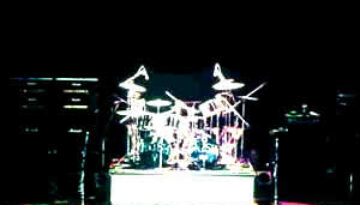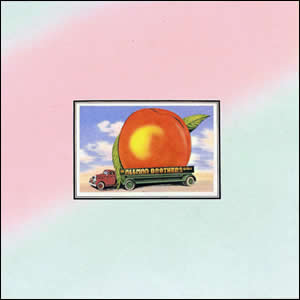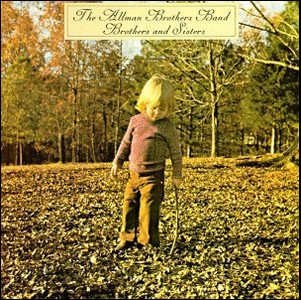Top 9 Rock Festivals
This week Classic Rock Review joins the celebration of the 45th Anniversary of the historic 1969 Woodstock Music Festival. In conjunction with Top 9 Lists, we present a list of the Top 9 […]

This week Classic Rock Review joins the celebration of the 45th Anniversary of the historic 1969 Woodstock Music Festival. In conjunction with Top 9 Lists, we present a list of the Top 9 […]

We pretty much cover studio albums exclusively at Classic Rock Review and will continue to do so with the exception of the few studio/live hybrids that we explore later in this article. […]

Buy Eat a Peach A unique hybrid album that bridges two eras of The Allman Brothers Band, the 1972 double album Eat a Peach was recorded prior to and in the wake of […]

Buy Brothers and Sisters Brothers and Sisters was at once the career peak and the first step into the abyss for The Allman Brothers Band. It was released in the wake of dual […]